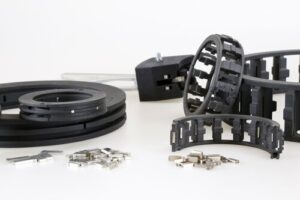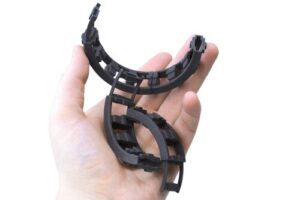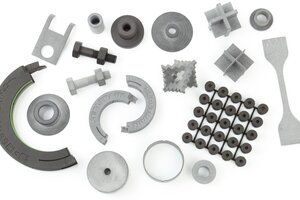UNDERSTAND THE PROBLEM-SOLVING POTENTIAL OF 3D PRINTING
CREATE COMPONENTS YOU NEVER THOUGHT POSSIBLE
The innovation of components can be limited by the geometric design restrictions, cost or viability of traditional manufacturing methods – but this is no longer the case thanks to 3D printing. Additive manufacturing makes easy work of complex geometries, so that you can create components that simply aren’t possible using traditional production techniques.
Let Bowman 3D support your transition towards production volume 3D printing
YOUR ESTABLISHED PRODUCTION VOLUME 3D PRINTING PARTNER
Production 3D printing is a new and rapidly evolving marketplace, with newcomers entering the ecosystem all the time. To make the most of your investment into production 3D printing, it is important to choose an established provider with a proven track record of success:
Why choose Bowman 3D?
• One of the first providers of Multi Jet Fusion technology
• An early advocate of using 3D printing for production parts, not just prototyping
• Financially secure as part of a larger organization
• Backed by a wealth of skill from parent company, Bowman International Ltd.
BENEFITS OF PRODUCTION VOLUME 3D PRINTING
LOW VOLUME

• No upfront tooling costs
• Minimal set up costs
• Regular low-volume production to better manage cash flow
• No bulk ordering eliminates the need for expensive warehousing
COMPLEX PARTS

• Produce complex parts as one piece and avoid additional assembly
• No additional cost for complexity of design
• Combine different materials in a composite design to enhance performance characteristics
• Simplified one-step machining processes
VIRTUAL STORES

With a typical lead time of 1-2 weeks and no minimum order quantities, businesses are able to operate a policy of Just-In-Time manufacturing, eliminating the need for overstock storage.
Additive manufactured parts can be stored on a hard drive rather than tying up cash and storage space needed to house minimum order quantities or cover long lead times from traditional manufacturing methods.
